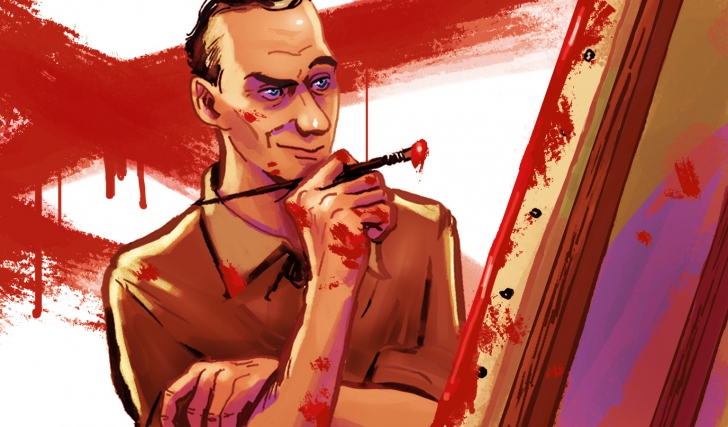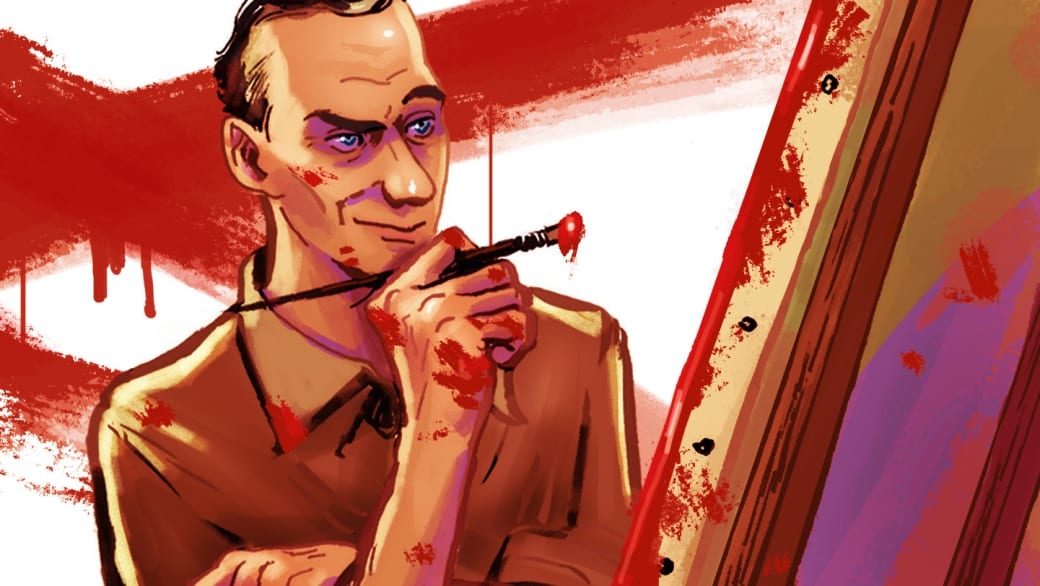I am a white descendant of colonial settlers with no tribal affiliation, so I’m ever apprehensive about tackling the subject matter of indigenous identities, even with well meaning academic curiosity.
But unlike my previous column exploring the historic concept of two-spirit identity, in this piece I’m going to talk about my people: the European assholes who imported themselves, ruined a perfectly good land and indiscriminately swindled and murdered the people and communities already on that land — and continue to do so. How did the ancestors of we European colonial settlers feel about the gender and sexually diverse people they found in this so-called “New World?”
This is rather easy to answer: European colonial settlers — especially Christian missionaries — were horrified by the sexual and gender diversity they found, and were wont to record descriptions of their wonder and horror extensively.

Quick recap: “On the land we know as North America, there were approximately 400 distinct indigenous Nations,” the New York-based East Coast Two Spirit Society helpfully explains. “Of that number, 155 have documented multiple gender traditions. Two Spirit is a contemporary term that refers to those traditions where some individuals’ spirits are a blending of male and female spirit.”
The more colourfully written and accessible records on two-spirit people are often by white settlers who also called for their eradication. The Catholic Church’s Jesuits priests were something like religious stormtroopers spreading out along trade routes and setting up missions whenever they encountered potential converts. They conveniently found vice in great abundance among indigenous people — the vice of sexual and gender diversity.
This included people physically one sex but who dressed and took on the roles of the opposite sex. The people they encountered (and sought to destroy) were referred to as “berdache,” a fairly common term out of the 17th century, despite the fact that it had no basis in any indigenous language, rather it came from “bardaj,” the Arabic word for slave, especially a boy slave kept for sexual purposes.
A favourite Canadian historian of mine, Hamish Copley, gives the oldest European description of a two-spirit person, made by a Jesuit explorer, Jacques Marquette, in 1674:
I do not know by what superstition some Illiniwek, as well as some Sioux, take on women’s clothing while still young, and keep it all their lives: there is some mystery, as they never get married, and lower themselves by doing everything that women do . . . they are called to the Council, where nothing may be decided without their advice; finally, their claim of living an extraordinary life lets them pass for manitous, that is to say great spirits, or important people. (Translation by Copley)
Not exactly, as berdache suggests, slaves.
David Thompson, an explorer with the North West Company, a fur trading business based in Montreal at the turn of the 18th century, described a person named Kaúxuma Núpika, a young man with his wife. In the young man he:
[recognized] [a] Woman who three years ago was the wife of Boiverd, a Canadian and my servant; her conduct then was so loose that I had requested her to send him away to her friends, but the Kootenaes were also displeased with her; she left them, and found her way from Tribe to Tribe to the Sea. She became a prophetess, declared her sex changed, that she was now a Man, dressed and armed herself as such, and also took a young woman to Wife, of whom she pretended to be very jealous . . . (From Copley)
The 19th century very white painter George Catlin painted The Dance of the Berdache. Catlin specialized in portraits of Native Americans in the Old West, although these were often cartoonish and exoticizing, with liberal use of red for skin tones. Catlin’s Dance is about as bad it could be, as far as portraying what was likely a beautiful ceremony.
Catlin may have documented The Dance of the Berdache, a Sauk and Foxes peoples’ ceremony, but the painter was disgusted by the concept of two-spirit people. While admitting the two-spirit people were admired as “medicine and sacred,” he called the role a “disgraceful degradation.” He may have been up for painting them, but called for the two-spirit tradition to “be extinguished before it can be more fully recorded.”
So that’s the legacy of my people. We came to a country that wasn’t ours and engaged in literal and cultural genocide, including the destruction of historic two-spirit traditions. This isn’t a demonstration of my white guilt, or a means to expiate the sins of settler colonials, but my ancestors came here, saw the lives and traditional practices of the lands’ peoples, and made choices that reverberate to this day. The queer and trans communities are no less a part of that violent history. Here’s hoping some day we can cultivate a society that acknowledges the autonomy of the original caretakers of this land and allows for healing and reconciliation. It’s certainly not the one we’re in now.
(History Boys appears on Daily Xtra on the first and third Tuesday of every month. You can also follow them on Facebook.)
(Original illustration by Stephen McDermott)


 Why you can trust Xtra
Why you can trust Xtra


